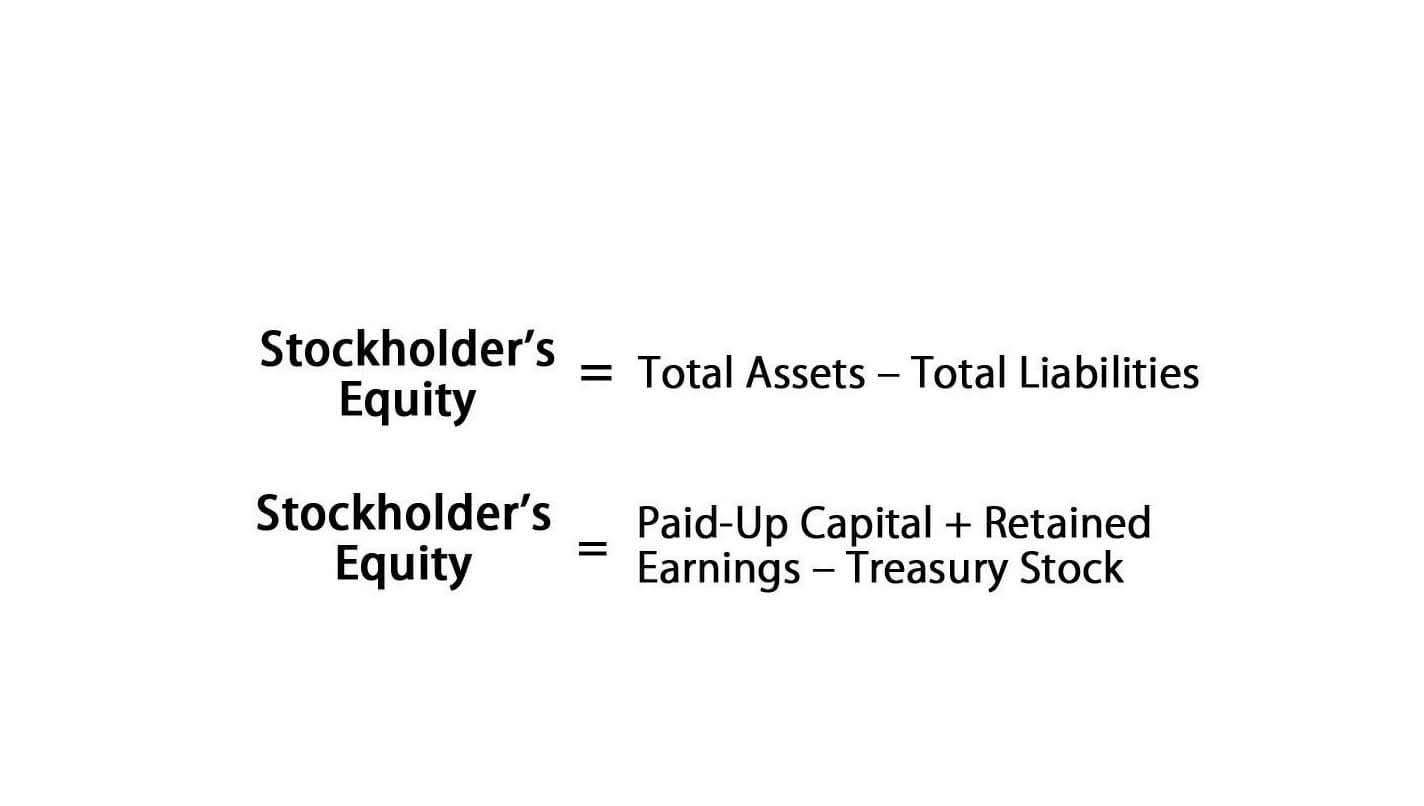How to Calculate the Number of Shares of Common Stock Outstanding The Motley Fool

If you know the market cap of a company and its share price, then figuring out the number of outstanding shares is easy. Just take the market capitalization figure and divide it by the share price. The result is the number of shares on which the market capitalization number was based.
How to Calculate Common Stock Outstanding From a Balance Sheet

Once you have collected the total number of preferred shares, common shares outstanding, and treasury shares, you’re ready to do your calculation. Some companies’ balance sheets list the common shares outstanding straight out. If that’s the case, congratulations, you don’t need to do any calculations. But usually you will need to pull several numbers from the balance sheet in order to calculate the total outstanding shares formula. Many companies buy back shares as part of their capital allocation strategy. When a company buys back its own shares, that stock is accounted for as «treasury stock» on its balance sheet.
BAR CPA Practice Questions: Calculating Foreign Currency Translation Adjustments
- Generally speaking, stocks with smaller floats will experience more volatility than those with larger floats.
- All companies that publicly trade stock must list this figure on the balance sheet.
- As an example, let’s say that a fictional business, the Helpful Fool Company, has authorized 5,000 shares.
- Market capitalization is calculated by multiplying the company’s share price by its shares outstanding.
- This reduces the number of shares outstanding, which in turn increases the reported earnings per share, while increasing the ownership percentage for the remaining shareholders.
- Note that the latest information on the number of shares outstanding is nearly 2 months after the balance sheet date.
Some companies also report their weighted average shares outstanding. They use these shares to smooth out fluctuations due to stock buybacks. The shifts could also happen how to calculate shares outstanding from balance sheet because of new issues over a period.
Cost of Goods Sold (COGS) Accounting

Understand why the balance sheet isn’t the source and find reliable reporting locations. Alright, time to crunch some numbers—but we’ll keep it painless, promise. Let’s walk through an example to see how common stock shows up on the balance sheet alongside preferred stock.

- How much of the business your one share buys depends on the total common stock outstanding, a figure you can easily determine using the company’s balance sheet.
- You can also gauge a company’s financial health via outstanding shares.
- In some cases, there will be a separate line item on the balance sheet for treasury stock, and a similar calculation can tell you the number of shares issued but not outstanding.
- Next, you’ll want to look for the common stock line item on the company’s balance sheet.
- Above, the weightings have also been calculated and added to the basic shares number to calculate the WASO.
Calculate the retained earnings, reflecting cumulative profit retained within the business. Above, the weightings have also been calculated and added to the basic shares number to calculate the WASO. First, we calculate the earnings https://shop.fortuna.scnct.io/law-firm-accounting-services-professional/ available to ordinary shareholders.
- This value is critical because it influences the overall equity calculation, which is essential for making informed business decisions.
- In addition, more shares may mean less control for shareholders and a lower share price due to value dilution.
- Companies are required to report both figures, with diluted shares providing a more conservative view by accounting for potential future dilution.
- Another place to get information on issued shares is the balance sheet.
- The Statement of Shareholders’ Equity provides a reconciliation of changes in shares outstanding over a period.
- The weighted average shares outstanding or WASO adjusts for the impact of any share issues or repurchases during the year.
- Issued shares are those given out in exchange for money to investors or as compensation for work or supplies one does or provides for the company to employees and suppliers.
- A stock buyback (or share repurchase) occurs when a company purchases its own shares from the open market or directly from shareholders.
- With fewer available shares to trade, the fluctuations are larger.
- Think of authorized stock as the absolute maximum number of shares that can be available on the market for trading.
- Basic shares represent the current number of shares held by investors.
All companies must report their common stock outstanding on their balance sheet. You can do that by navigating to the company’s investor-relations webpage, finding its financial reporting, and opening up its most recent 10-Q or 10-K filing. If there is a difference between the number Mental Health Billing of shares issued and outstanding, the difference is treasury stock. In other words, a company has issued shares and then bought some of the shares back, leaving a reduced number of shares that is currently outstanding.

Shares outstanding are used to determine a company’s market capitalization, i.e. the total value of a company’s equity, or equity value. Let’s say that Helpful Fool Company has repurchased 500 shares in this year’s buyback program. The company now has 5,000 authorized shares, 2,000 issued, 500 in treasury stock, and 1,500 outstanding. The outstanding stock is equal to the issued stock minus the treasury stock. Helpful Fool Company’s board has elected to issue just 2,000 shares at this time. Therefore, the company currently has authorized 5,000 shares and has 2,000 shares issued and outstanding.
The number of shares outstanding increases when a company issues additional shares or when employees exercise stock options. Corporations raise money through an initial public offering (IPO) by exchanging equity stakes in the company for financing. An increase in the number of shares outstanding boosts liquidity but increases dilution.
